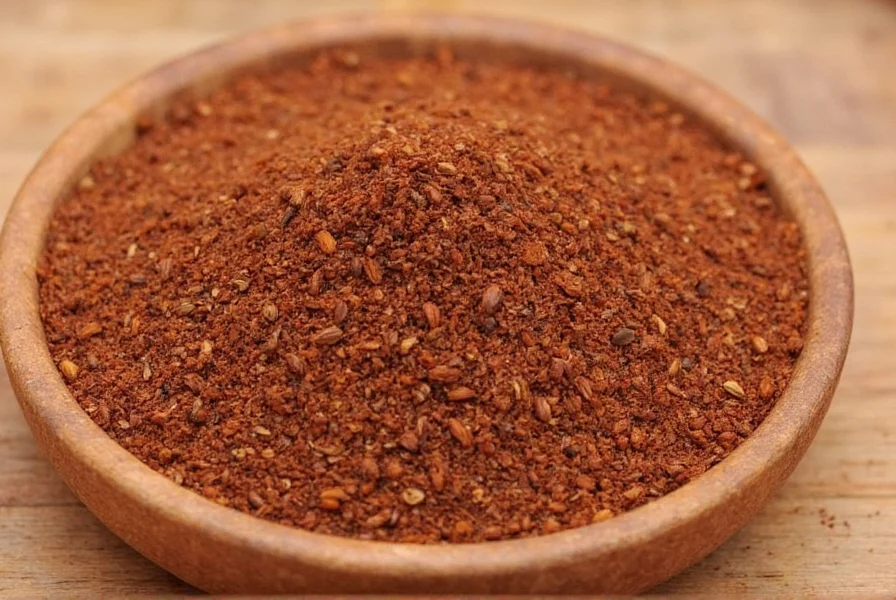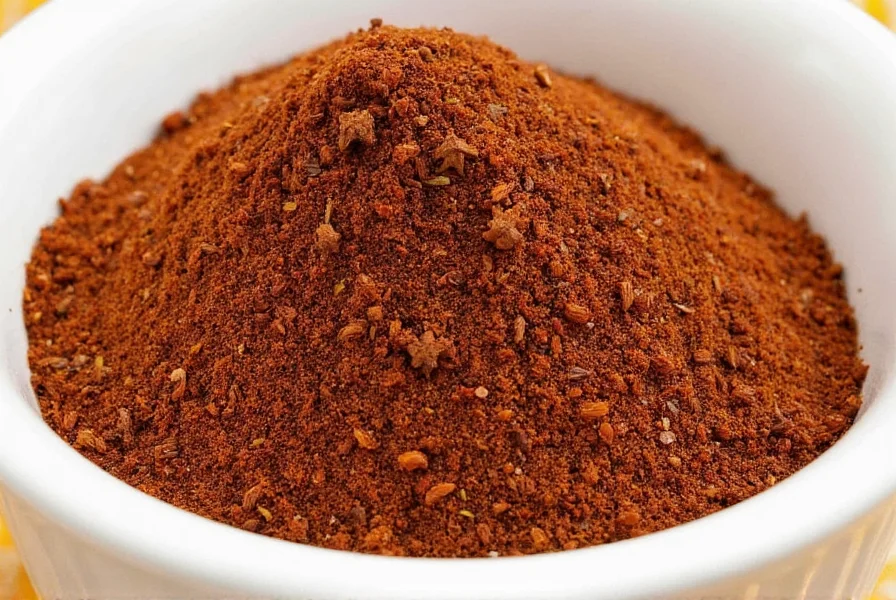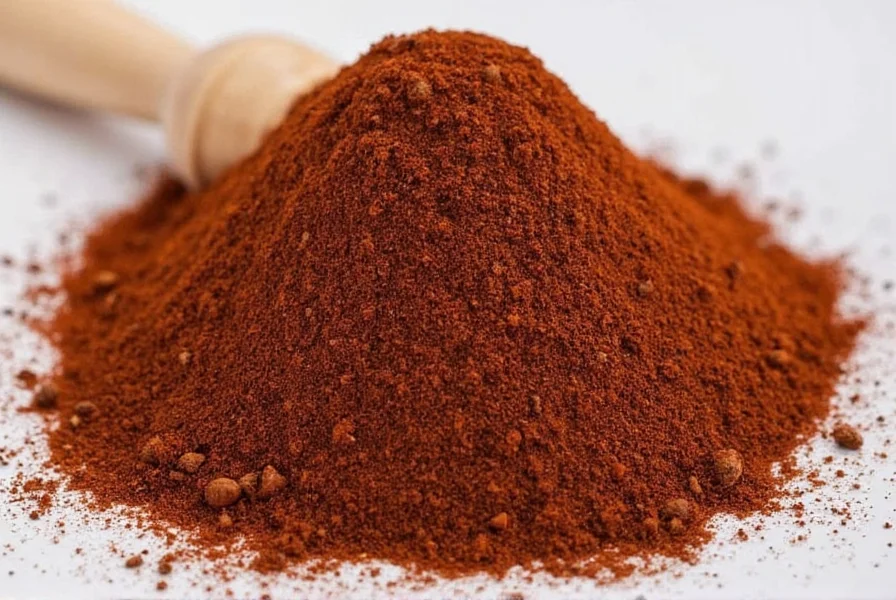Understanding ground allspice begins with recognizing its botanical origins. Despite its misleading name suggesting a spice blend, allspice comes from the dried unripe berries of the Pimenta dioica tree, native to Central America, the Caribbean, and parts of South America. Spanish explorers originally named it "pimienta" due to its peppercorn-like appearance, though it shares no relation to actual pepper. The term "allspice" emerged in 17th century England when people noted its flavor profile combined elements of multiple spices.
What Makes Ground Allspice Unique
When berries are harvested green and sun-dried until dark brown, they develop their signature warm, sweet-spicy flavor. Grinding these dried berries creates ground allspice, which offers immediate flavor release compared to whole berries. The grinding process increases surface area, allowing volatile oils to disperse more readily into dishes but also accelerating flavor degradation.
Many home cooks wonder about ground allspice vs whole allspice differences. Whole berries maintain freshness significantly longer—up to five years—while ground allspice typically retains peak flavor for 2-3 years. For maximum flavor impact, consider grinding whole allspice berries just before use using a dedicated spice grinder or mortar and pestle.
Flavor Profile and Culinary Applications
What does ground allspice taste like? The complex flavor profile combines warm notes of:
- Cinnamon (sweet, woody)
- Nutmeg (slightly nutty, warm)
- Cloves (pungent, aromatic)
- Black pepper (subtle heat)
This unique combination makes ground allspice incredibly versatile across culinary traditions. In Caribbean cuisine, it's essential for jerk seasoning and pickling. Middle Eastern dishes use it in meat rubs and rice pilafs. European baking relies on it for fruitcakes, gingerbread, and mulled wine. Even Scandinavian meatballs sometimes incorporate this warming spice.
| Cuisine Type | Common Uses | Recommended Amount |
|---|---|---|
| Caribbean | Jerk seasoning, pickling, stews | 1-2 tsp per pound of meat |
| Middle Eastern | Meat rubs, rice dishes, soups | 1/2-1 tsp per serving |
| European Baking | Pumpkin pie, fruitcakes, mulled wine | 1/4-1/2 tsp per cup of flour |
| American BBQ | Brisket rubs, pulled pork seasoning | 1 tsp per cup of rub mixture |
How to Use Ground Allspice in Cooking
Mastering how to use ground allspice in cooking requires understanding its potency and complementary flavors. Unlike single-note spices, allspice enhances rather than dominates, making it ideal for layered flavor development. Add it early in cooking for savory dishes to allow flavors to meld, but incorporate it later in baking to preserve volatile aromatic compounds.
For beginners exploring best recipes with ground allspice, consider these applications:
- Blend with brown sugar and salt for pork loin rubs
- Stir into apple pie filling for enhanced warmth
- Add to tomato-based sauces for depth without heat
- Whisk into cream sauces for roasted vegetables
- Combine with cocoa powder for spiced hot chocolate
When adjusting recipes, remember that ground allspice intensifies over time. Start with smaller amounts (1/4 to 1/2 teaspoon) and adjust after 15-20 minutes of cooking. Its flavor compounds continue developing even after removal from heat.

Ground Allspice Substitutes and Equivalents
Ran out of this versatile spice? Understanding ground allspice substitute options helps maintain recipe integrity. While no single spice perfectly replicates allspice's complexity, these combinations work well:
| Substitute Mixture | Ratio for 1 tsp Allspice | Best Used In |
|---|---|---|
| Cinnamon + Nutmeg + Cloves | 1/2 tsp cinnamon + 1/4 tsp nutmeg + 1/4 tsp cloves | Baking, sweet applications |
| Cinnamon + Cardamom | 3/4 tsp cinnamon + 1/4 tsp cardamom | Meat rubs, savory dishes |
| Pumpkin Pie Spice | 1 tsp pumpkin pie spice | Baking, fall recipes |
For ground allspice measurement equivalents, remember that 6 whole allspice berries roughly equal 1/4 teaspoon of ground allspice. When converting recipes specifying whole berries to ground form, use this ratio for accurate flavor balance.
Storage Recommendations for Maximum Freshness
Proper storage directly impacts how long does ground allspice last. Exposure to air, light, and heat degrades volatile oils responsible for its distinctive flavor. Follow these storage guidelines:
- Keep in airtight glass or metal containers (not plastic, which can absorb oils)
- Store in a cool, dark cupboard away from stove or oven
- Avoid refrigeration (moisture causes clumping and flavor loss)
- Label containers with purchase date for freshness tracking
Ground allspice maintains optimal flavor for 2-3 years when stored properly. Test freshness by rubbing a small amount between fingers and smelling—fresh allspice should release a strong, complex aroma. If scent is faint or one-dimensional, it's time to replace your supply.

Common Questions About Ground Allspice
Is ground allspice the same as mixed spice?
No, ground allspice is a single spice made from milled Pimenta dioica berries, while mixed spice is a British blend typically containing cinnamon, coriander, caraway, and sometimes allspice. They're not interchangeable in recipes requiring authentic allspice flavor.
Can I substitute ground allspice for cloves in recipes?
Yes, but use half the amount since allspice contains clove notes among other flavors. For every 1 teaspoon of cloves, substitute 1/2 teaspoon of ground allspice to prevent overpowering the dish with clove flavor.
Why does my ground allspice taste bitter?
Bitterness typically indicates either expired spice or excessive heat during cooking. Allspice compounds break down at high temperatures, releasing bitter notes. Always add ground allspice toward the end of cooking for sauces and soups, and never burn it in dry rubs.
Is ground allspice safe for people with spice allergies?
Allspice is generally well-tolerated, but those with specific spice allergies should exercise caution. While not related to cinnamon, nutmeg, or cloves botanically, its flavor profile may trigger sensitivities in some individuals. Consult an allergist if concerned about potential reactions.
Does ground allspice have any health benefits?
Traditional medicine uses allspice for digestive support and pain relief due to eugenol content, though scientific evidence remains limited. Like most spices, it contains antioxidants, but should be consumed as part of a balanced diet rather than relied upon for medicinal purposes.











 浙公网安备
33010002000092号
浙公网安备
33010002000092号 浙B2-20120091-4
浙B2-20120091-4